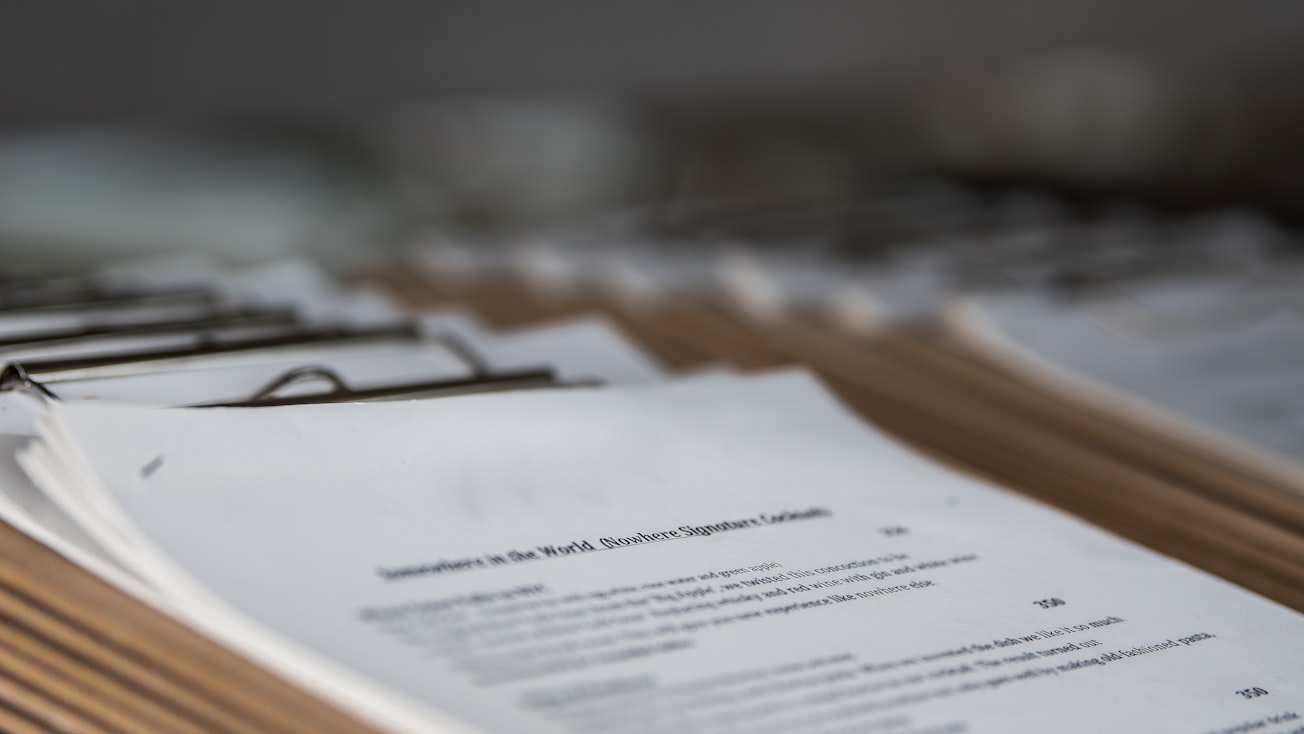What is it about?
We first theorize that ideas enter into political party manifestos via three channels: entrenched values, new thinking, and reactive mirroring. Motivated by this theorizing, we then hypothesize that differences in party characteristics, labor market and economic conditions, and the characteristics of the political system in which the party operates influence the relative importance of labor ideas observed in manifestos. As an integral part of this, we discuss how these explanatory variables can reflect varying combinations of the three theoretical channels. Empirically, we analyze these hypotheses using two key measures of labor ideas in manifestos: the percent of a manifesto devoted to pro-worker and anti-union ideas within each party’s election-based manifesto from 1945-2019, constituting 4,529 manifesto observations written by 1,132 political parties from 700 elections and 54 countries across five continents.
Featured Image

Photo by Arisa Chattasa on Unsplash
Why is it important?
An important benefit of examining political party manifestos as a source of industrial relations ideas is that we are able to uniquely explore these relationships using large-n, quantitative methods. Using data from the Comparative Manifesto Project and other sources spanning as many as 54 countries, 75 years, and 1,132 parties, we find strong evidence that manifesto ideas about workers matter, and that they have changed over time and across countries. We see clear evidence that these ideas are affected by differences in party characteristics as well as political and economic circumstances. We also see that pro-worker ideas are rewarded during elections. This is important since it suggests that not only are political parties ideational actors, but also that voters will be receptive to some of their ideas, which then might influence a country’s industrial relations policies in the future.
Perspectives
Conceptually, the three-channel framework sketched here for thinking about the ideational content of manifestos can also be applied to other actors in industrial relations. For example, what ideas that unions embrace reflect longstanding values, what ideas are rooted in mirroring rank and file preferences, and which ideas seek to pull the rank and file in new directions? By explicitly identifying new thinking, we might more clearly anticipate future directions that industrial relations actors are heading. Furthermore, unpacking these channels could produce new understandings of how unions and employers’ associations push new ideas by analyzing how they navigate the tensions among these different channels.
Professor John W Budd
University of Minnesota System
Read the Original
This page is a summary of: The relative importance of industrial relations ideas in politics: A quantitative analysis of political party manifestos across 54 countries, Industrial Relations A Journal of Economy and Society, December 2021, Wiley,
DOI: 10.1111/irel.12296.
You can read the full text:
Resources
Contributors
The following have contributed to this page










